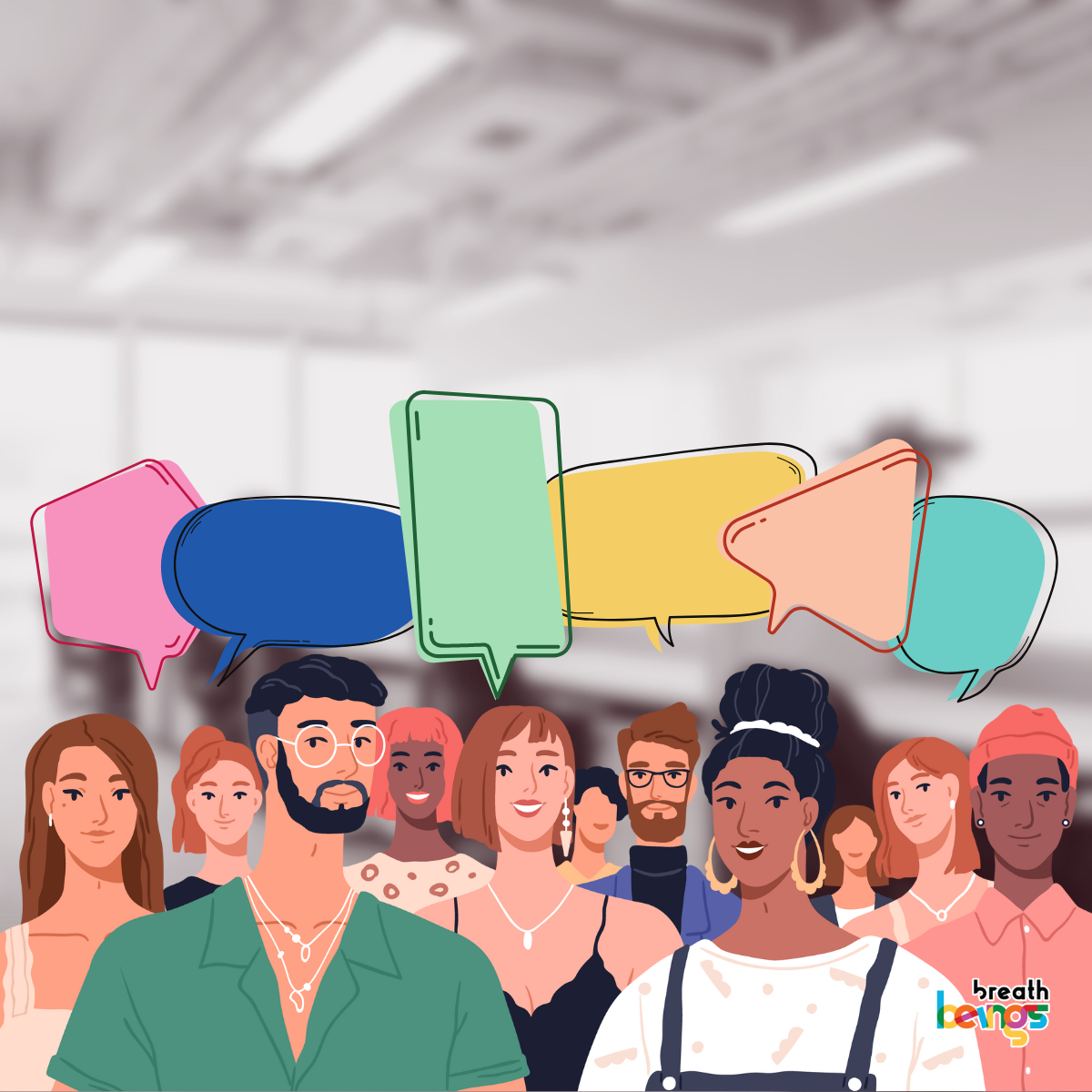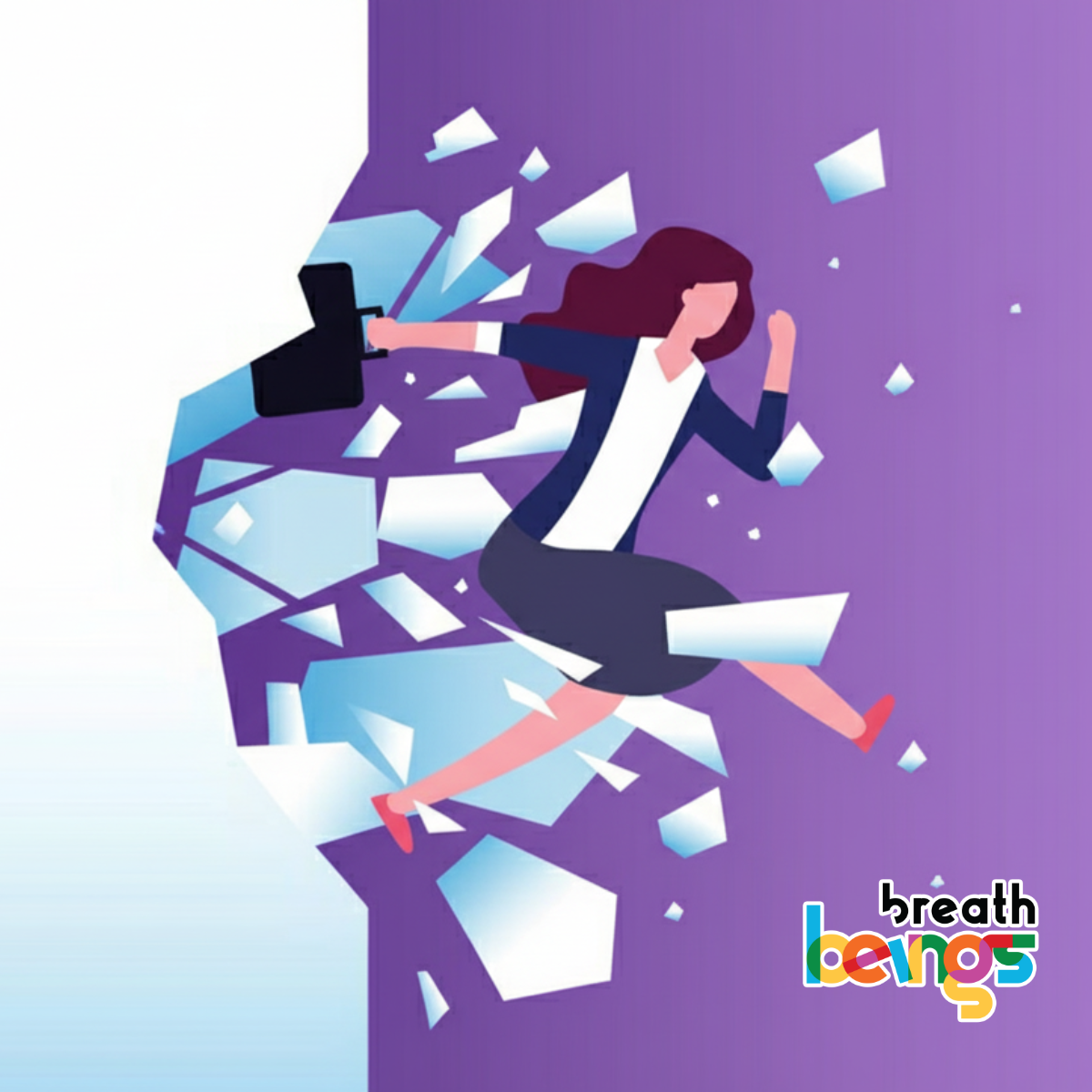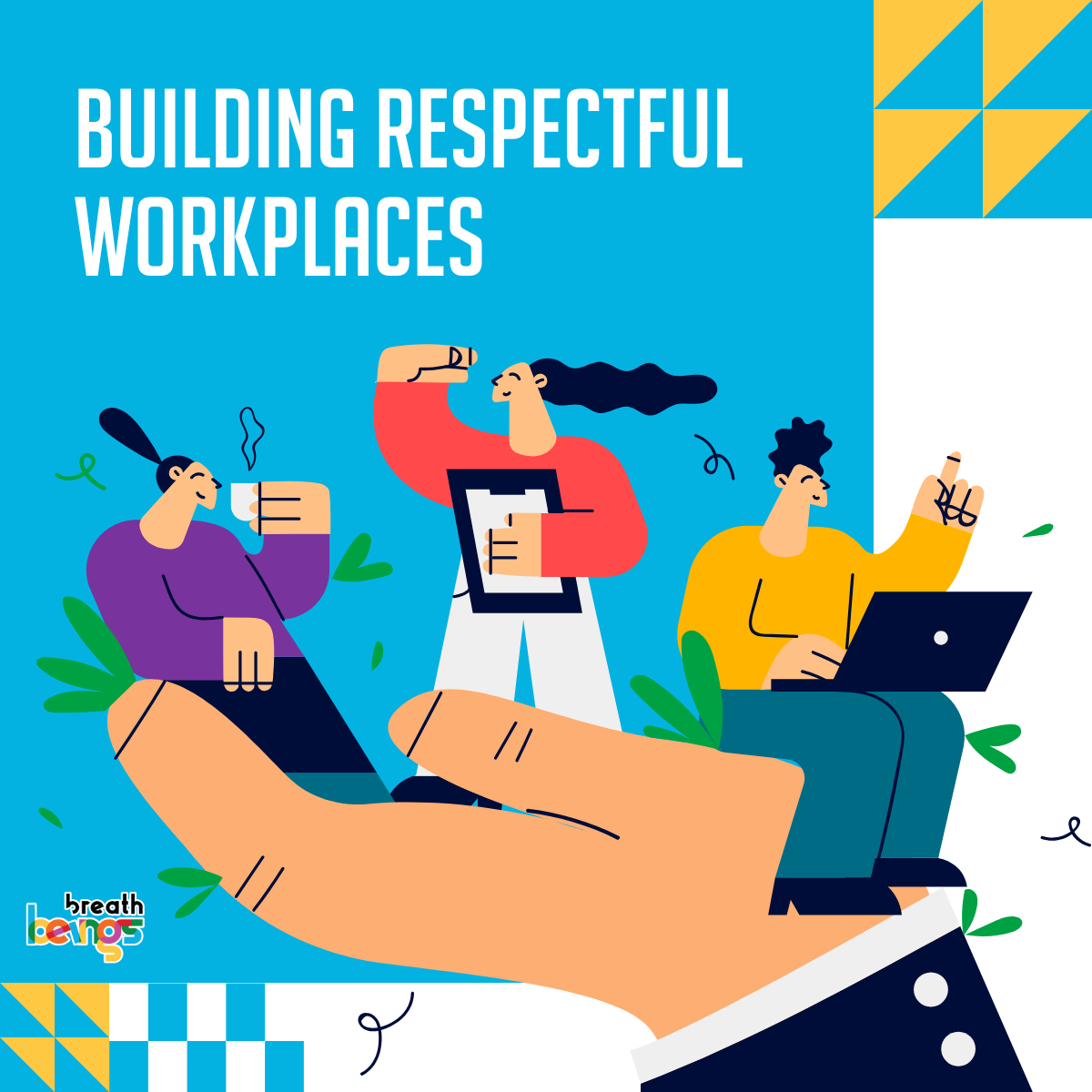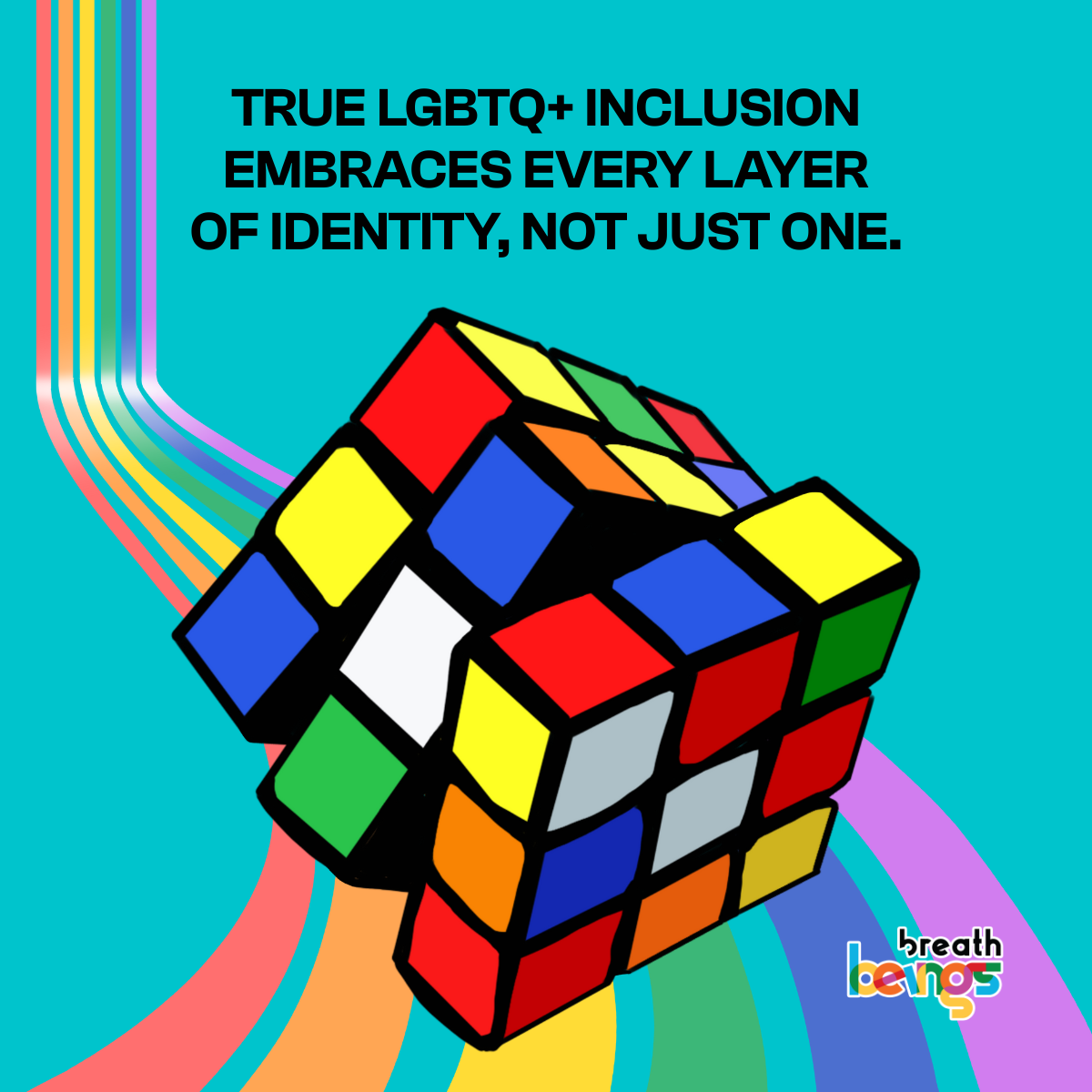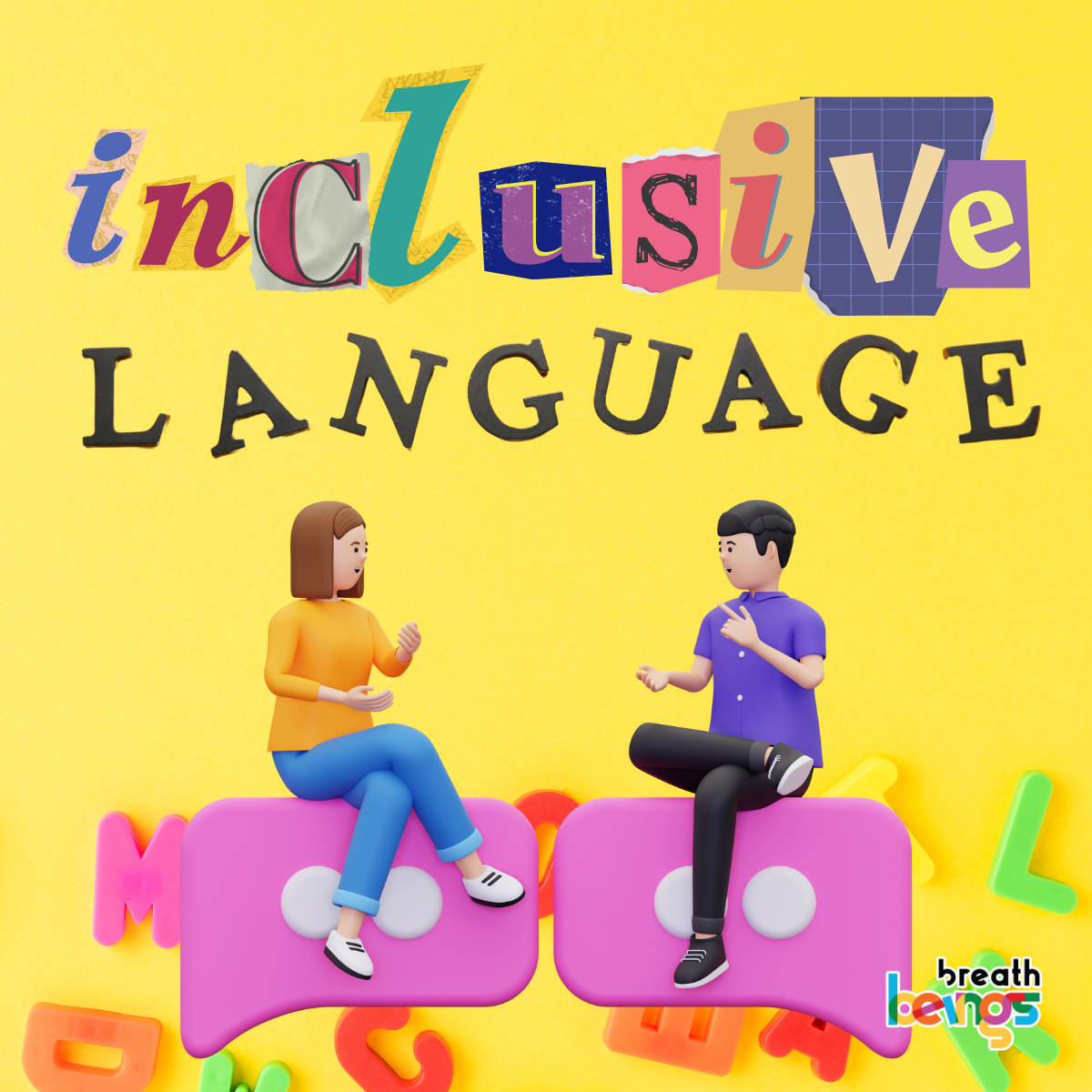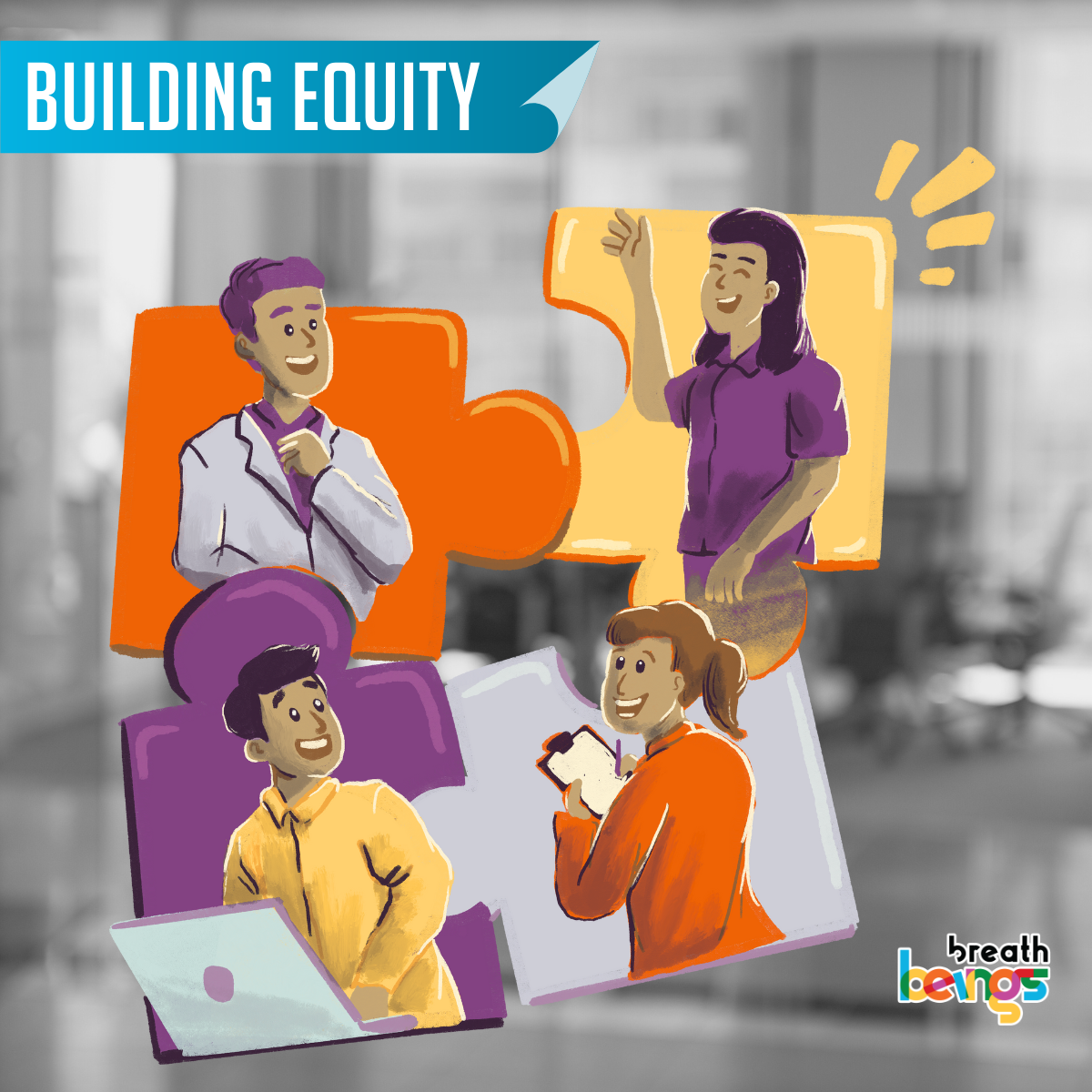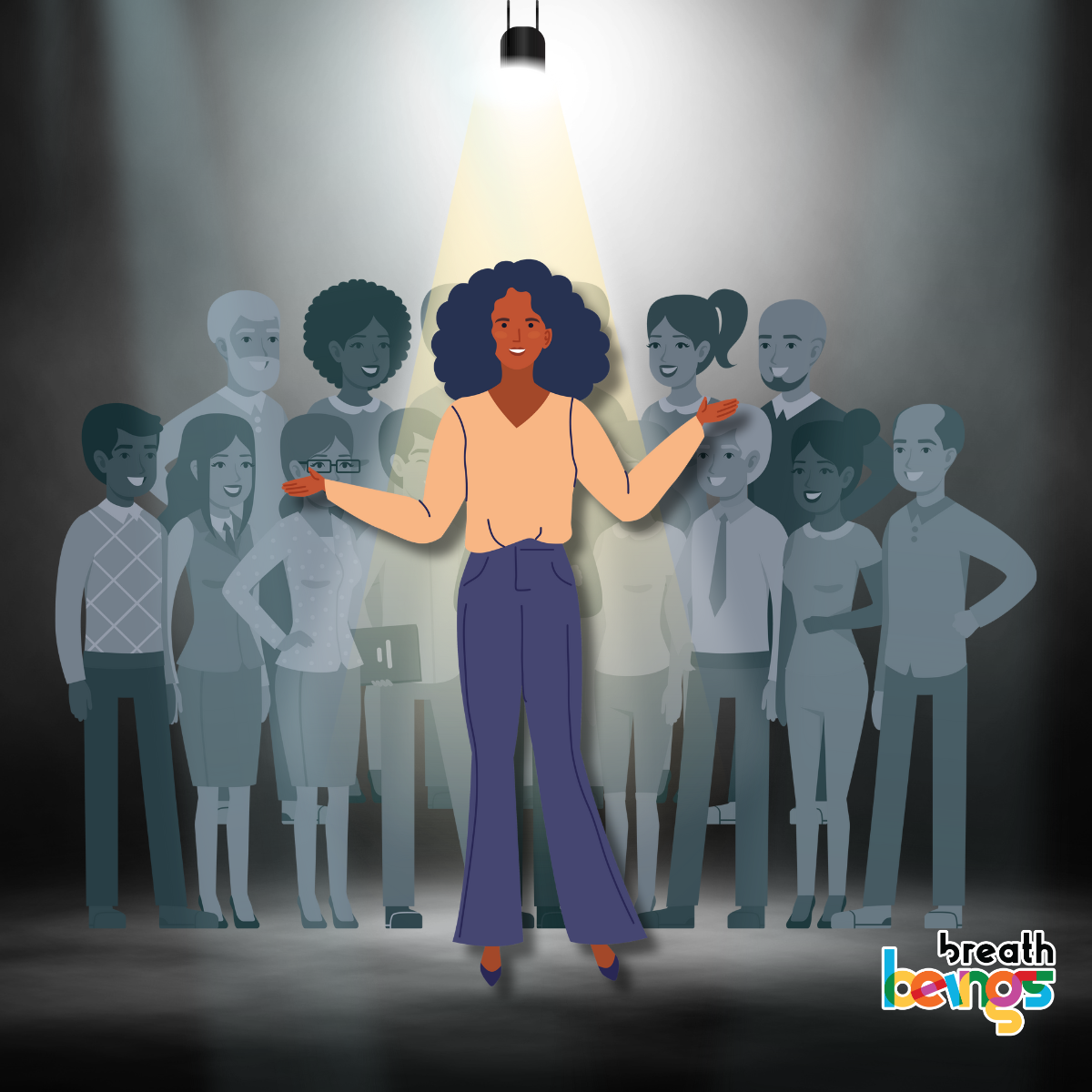How Art Erases Biases and Elevates Voices
Heard of the 1927 Broadway musical named “Show Boat”?
Wikipedia terms it “an important event in the history of American musical theatre.” For the first time ever, a musical tackled issues of racial prejudice and miscegenation laws. At a time when interracial relationships were still illegal in many states, Show Boat portrayed a biracial couple and didn’t shy away from condemning racism.
In the show, Julie LaVerne, a mixed-race performer, makes a powerful declaration of love for her white husband. Its very concept and portrayal were groundbreaking for the era, challenging deeply ingrained biases about interracial relationships. The influential musical used the arts to chip away at unconscious biases, giving audiences a window into perspectives they may never have considered.
This exceptional ability of the arts to bridge divides and bring diverse people together is still powerfully relevant today.
Whether it’s celebrating the artistic traditions of diverse cultures, removing socioeconomic barriers to arts participation, or exposing audiences to new viewpoints that confront societal biases, the arts offer myriad avenues for bridging divides.
When audiences encounter stories and artworks that center narratives, different and apart from their own lived experiences, it plants seeds of empathy, understanding, and common humanity. And there are many ways in which the arts enable this.
How does the creative Arts inspire Inclusion
Providing representation
Seeing people of diverse backgrounds portrayed authentically on stage, on canvas, or on screen helps normalize inclusion.
Celebrating cultural traditions
Music, dance, and visual arts showcased via public performances and exhibits educate audiences about different traditions in powerful, immersive ways.
Creative activities transcends differences
The act of making art together – whether it’s collaborating on a mural, staging a play, or forming a band – unites people and sparks connection.
Posing thought-provoking questions
Through metaphor, abstraction and imagination, arts and performances encourage viewers to confront biases and see concepts from new angles. The arts hold up a mirror to society.
Building an inclusive workplace through art
Within corporate walls, arts-based initiatives and creative expression can be transformative tools for cultivating an inclusive workplace culture.
By tapping into this connective power, companies can thoughtfully integrate arts practices as engaging vehicles for DEI education, cultivating empathy, forming safe spaces for expression and providing voices for underrepresented groups. Here are just a few ways.

Here are 5 ways to leverage the arts for Inclusion and Belonging
#1 Storytelling events
Hosting storytelling nights or open mic events where employees can share personal stories through narrative, poetry, music etc. is a powerful way to engage and educate. Hearing their peers’ authentic voices and lived experiences helps break down preconceptions and fosters acceptance.
When leaders share personal narratives of realising their biases and course correcting, the inspire a culture of Inclusion and encourage employees to embrace their imperfections and show up as allies.
#2 Cross-cultural arts celebrations
Organizing celebrations and interactive demos honoring artistic traditions from underrepresented cultures exposes the workforce to diversity while creating safe spaces to ask questions and learn.
#3 Arts-based programs and workshops
Establish a level of psychological safety that allows for braver dialogues and self-exploration around topics like privilege, microaggressions, code-switching and more. Organize arts-led training workshops and programs led by underrepresented and marginalized communities, which can provide first-person perspectives from lived experiences.
When marginalized artists and facilitators share their own stories through mediums like the spoken word, autobiographical theater, or multimedia presentations, it shines a light onto their realities that secondhand accounts cannot convey.
The creative arts allows us to access the subconscious and then process it through dialogue and conversation
#4 Corporate theater troupe
Forming an employee theater group to stage plays or skits that explore dynamics around inclusion, bias, miscommunication, etc. is a great way to remove biases, and build empathy and understanding.
#5 Arts-based team building
Bring a refreshing twist to boring old team building activities. Forget the ‘trust fall’ and incorporate collaborative arts activities like mural painting, body percussion, or improv comedy into team building sessions. These can not only unleash creativity but also form new ways of working together outside typical workplace norms.
Through the ages, the arts have always been about expression. Finding unique identities and voices. Sharing truths. There are no stronger bonds between people than their stories. And they form the shining heart of an organizational culture of openness and respect for diversity.

